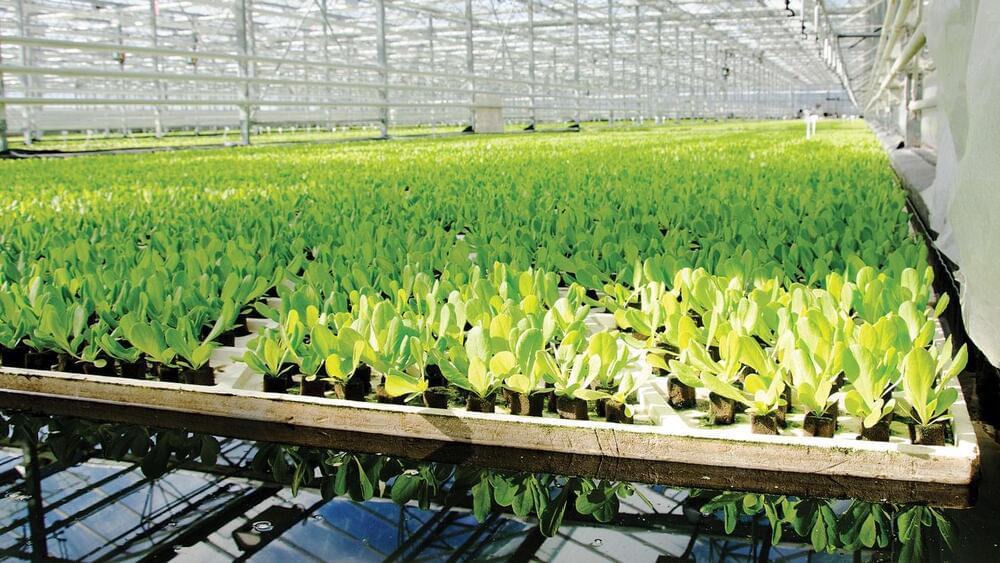Scientists have long been interested in plasma’s biological implications. In the late 19th century, the Finnish physicist Karl Selim Lemström observed that the width of growth rings in fir trees near the Arctic Circle followed the cycle of the aurora borealis, widening when the northern lights were strongest. He hypothesized that the light show somehow encouraged plant growth. To artificially emulate the northern lights, he placed a metal wire net over growing plants and ran a current through it. Under the right conditions, he reported, the treatment produced larger vegetable yields.
For decades, scientists have known that exposure to plasma can safely kill pathogenic bacteria, fungi and viruses. Small studies in animals also suggest that plasma can prompt the growth of blood vessels in skin. In his research, Reuter studies ways to harness these properties to inhibit new infections in wounds and expedite healing or treat other skin conditions. But more recently, he and other physicists have been working on ways to use the power of plasma to improve food production.
Experiments conducted in the last decade or so have tested a mix of ways to apply plasma to seeds, seedlings, crops and fields. These include plasma generated using noble gases, as well as plasma generated from air. In some cases, plasma is directly applied through plasma “jets” that stream over the seeds or plants. Another approach uses plasma-treated water that can do double duty: irrigation and fertilization. Some studies have reported a range of benefits, from helping plants grow faster and bigger to resisting pests.
